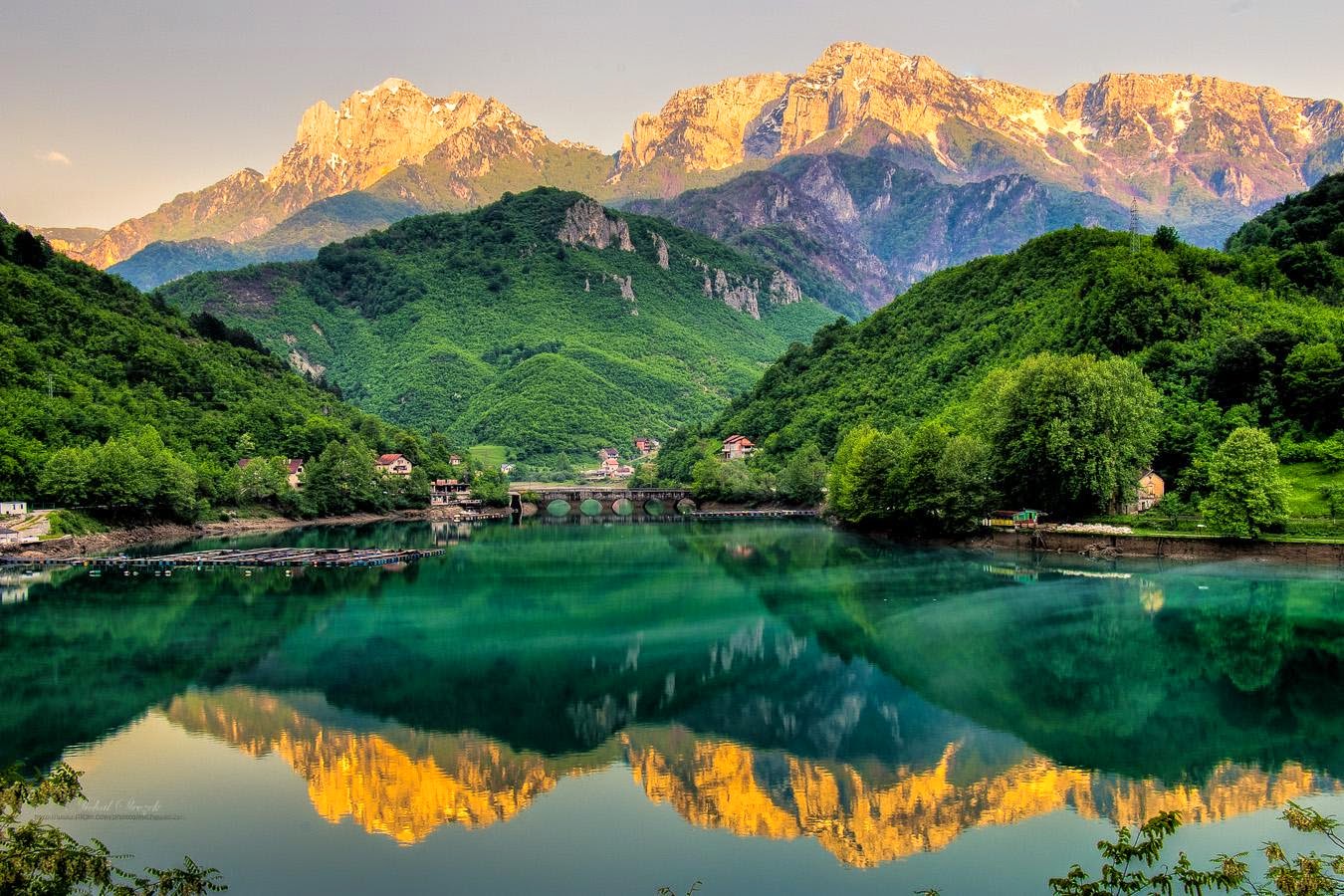1. It has a currency that can’t be exchanged anywhere else in the world.
The Bosnian Convertible Mark (BAM) can’t be bought outside the country. So when you arrive you exchange your existing currency or withdraw from the ATM (the hole in the wall). On leaving, its exchange back again or the only use is as an expensive souvenir when you get “back home”. Guests, friends and relatives find this very hard to understand. I somehow think that the Germans love having left their “Mark” here?
2. There are three official languages which are all really the same.
Before the terrible conflicts of the 1990’s the language here was known as Serbo-Croatian (with dialects). Today that same language is now either Serbian, Croatian or Bosnian (dependant on your ethnic background). It can be a bit of a minefield (excuse the pun) and can cause stress sometimes, but as a foreigner, all you are told if a perceived mistake is made is “don’t worry, its the same language, we all understand each other`’. Proof of the pudding is that the same health warning appears three times on the same cigarette pack!
3. it has the last remaining jungle in Europe at Perućica.
It may not be huge being some 6 kilometres long and 1–3 kilometres wide, but with an area of 1,400 hectares, the Perućica forest has many trees that are 300 years old, and the forest's vintage is stated to be 20,000 years. In some places the forest growth is almost impregnable. I don’t need to go to Borneo for the full jungle experience :)
4. Most people live off the black economy.
It’s so hard for me at times to still get used to the “cash culture” that is BiH. Yes there are credit and debit cards, but all good deals are done with cash. right? People here still are wary of putting all their money in banks, seeing most banks were destroyed in the conflicts and they lost everything. No bank anymore? Then no one to give your money back :(
The people of BiH take the “how much for cash” mantra to a whole new level. For those who know the british TV comedy series “Only Fools and Horses”, well that’s how the people of BiH see good business practices. So much so that the show is still the most watched on local TV and the constant repeats are still enjoyed.
5. People drink hard liquor (Rakija) to start the day.
Although this is a rather large generalisation, the culture, particularly the rural areas, is still one of “Rakija (plum brandy) delivers health benefits”.
Rakija is also offered, with no consideration for time of day, to guests and visitors etc. To prove the point, I attended a high level meeting years ago, at around 10 in the morning, when a bottle was opened and we sat drinking during the meeting until midday. Weird. And people drove afterwards too !!
6. Births and Weddings are still celebrated with “celebratory gunfire”.
Weddings here are a BIG thing and I mean BIG. Huge convoys of cars with flags everywhere, blocking routes to the church and afterwards to the reception. Sometimes in excess of 500 people attend these. Although diminishing, the firing of AK-47 automatic rifles and other weapons in the air prior to and after the event, still is common place especially in rural areas. It seems that the logic of what goes up must come down is lost on everyone. Oh and to have given birth to a baby boy? Don’t think of how much ammunition might be required.
7. Smoking is almost an Olympic sport.
Laws are slowly coming into effect regarding smoking in public places but old habits die hard as they say and thats so true here. Smokers here SMOKE. I mean SMOKE! Like chain SMOKE. Cigarettes are still reasonably cheap, even by local standards. I swear that if smoking were an Olympic sport BiH could hold its own, even winning against competition from Russia!!!!!
8. Bribing officials is the rule not the exception.
if you want/need something baldy you can always give someone a little cash to ease the way so to speak (police, officials , doctors, lawyers etc). This system works though and everyone seems more or less happy with it.
9. Bosnia and Herzegovina might have a Pyramid.
Sounds weird I know, but certain archaeologists are claiming (and have been since 2008) that near Sarajevo there lies the “Pyramid of the Sun”.
To be honest I am totally lost on this. To me, the top of the hill in question has just got a point, but then again …..
10. And finally, the country still has some 200,000 mines to clear.
Not so much a crazy fact as a sad one. Having said that the country is safe to travel around as long as common sense prevails and local rules obeyed.
That’s my Top 10, from a country I actually love living in. Diverse, Quirky, Dysfunctional. Hospitable and above all FUN.
Please drop by for some Rakija?























.jpg)







